The recent Rubicenses Conference, held in Yaiza last Friday and Saturday, showcased the remarkable complexity of the ongoing archaeological work at the San Marcial de Rubicón site.
Scientists highlighted how the genetic and physical analysis of human remains unearthed at site is providing “valuable information” for documenting the origin, daily lives, and social structures of the 15th-century inhabitants.
A Growing Archaeological Record
To date, the excavations have uncovered the remains of seventeen individuals. In 2023 ten bodies were revealed, 2024 added three more, and the current sixth campaign has so far found four additional individuals, four of whom are children.
Archaeologist Miguel Ángel Hervás presented a key conclusion based on the first ten finds, stating that science has confirmed: “no human remains have been found that are not from the 15th century.”
Window into the Past
The conference offered a deep dive into the scientific process. Archaeologist Verónica Alberto Barroso opened by contextualising the site’s findings within broader Lanzarote burial practices. She explained that radiocarbon and paleogenomic analysis from 2019 shows the oldest human remains on the island date back to the 3rd century, found in cave burials at Jameos del Agua and La Chifletera.
“We gave voice to the bones with this study,” she said, adding, “we know of few burial sites, hence the importance of Rubicón and all the information it provides.”
Jared Carballo, an archaeologist and physical anthropologist, detailed the analysis of the remains to estimate age, sex, and body mass. His work even sheds light on daily activities, suggesting that “the men engaged in sustained and repeated physical activities involving strength.”
Researcher Selene Rodríguez presented on the child remains, emphasising the importance of childhood in society and the clues it can provide about their parents.
Genetic Insights
Genetics is a crucial component of the research. Professor Rosa Fregrel revealed that while initially only two bodies had sufficient DNA for study, the team is working to obtain genetic profiles for up to six individuals. Her analysis of remains from earlier excavations by the Serra brothers concluded that two women found were of North African origin, while two men were European.
Professor Matilde de Arnay called the unexpected Rubicón cemetery “a unique opportunity to delve deeper into the biography of the population.”
In a striking find, physician and historian Emilio González reported the discovery of Paget’s disease in one body, a condition where “the bone cannot bear the load required to perform normal human functions.” He described it as “a palopathological gem, as the analysis of the skeletal remains aids clinical analysis.”
A Lasting Legacy
The conference also premiered the documentary “San Marcial de Rubicón, voces enterradas en el jable,” commissioned from Desenfoque Producciones. The full content of the conference is available on YouTube.
The mayor of Yaiza, Óscar Noda, and the director of Cultural Heritage of the Canarian Government, Miguel Ángel Clavijo, agreed on the dual importance of continuing the research while developing an archaeological park for the public. They stressed the site is a fundamental space for understanding the recent history of the Canary Islands.
Both officials, along with Yaiza Councillor for Heritage, Silvia Santana, thanked the research team led by archaeologists María del Cristo González and Esther Chávez for their ongoing efforts and commitment.

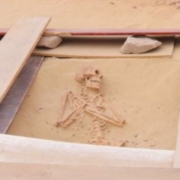
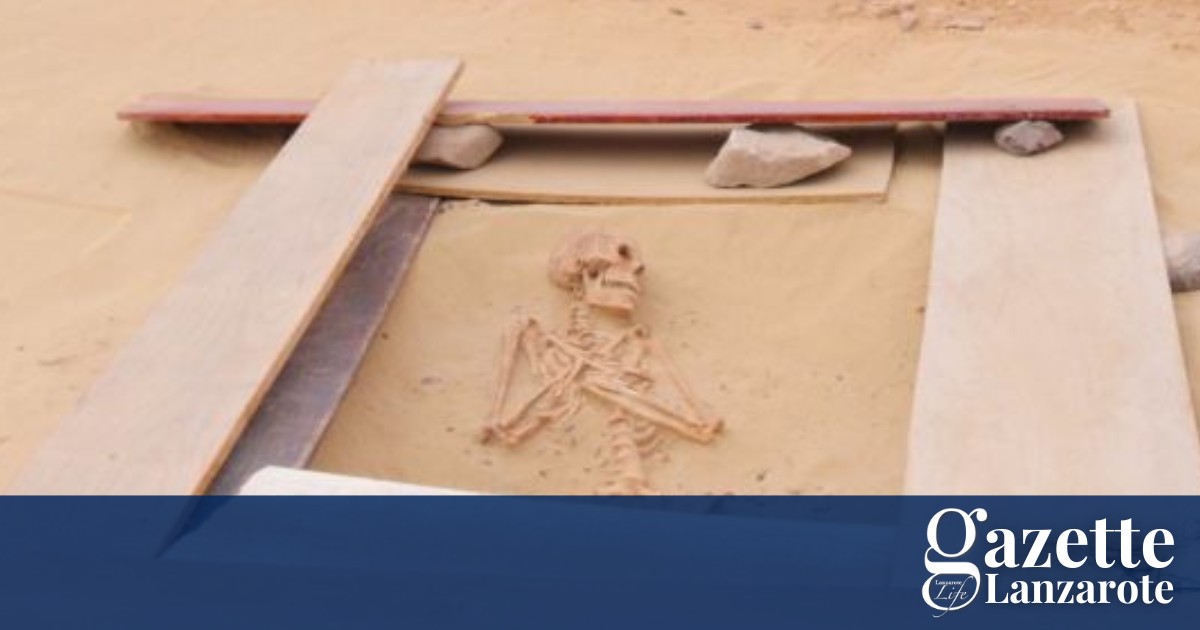
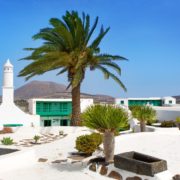
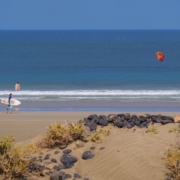
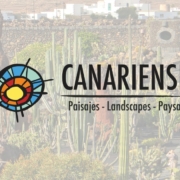





Leave a Reply
Want to join the discussion?Feel free to contribute!